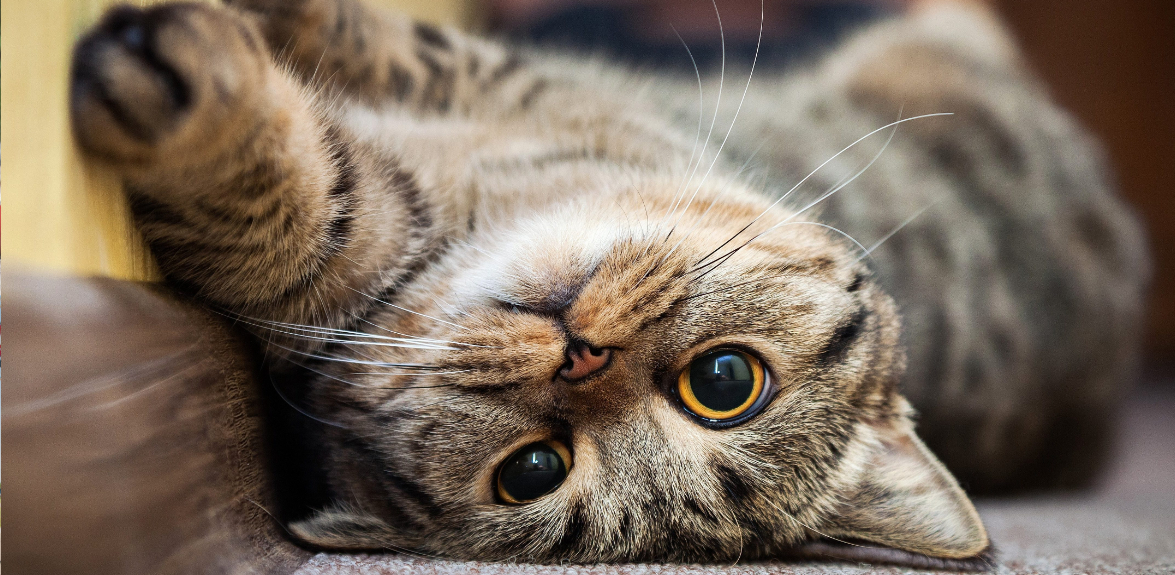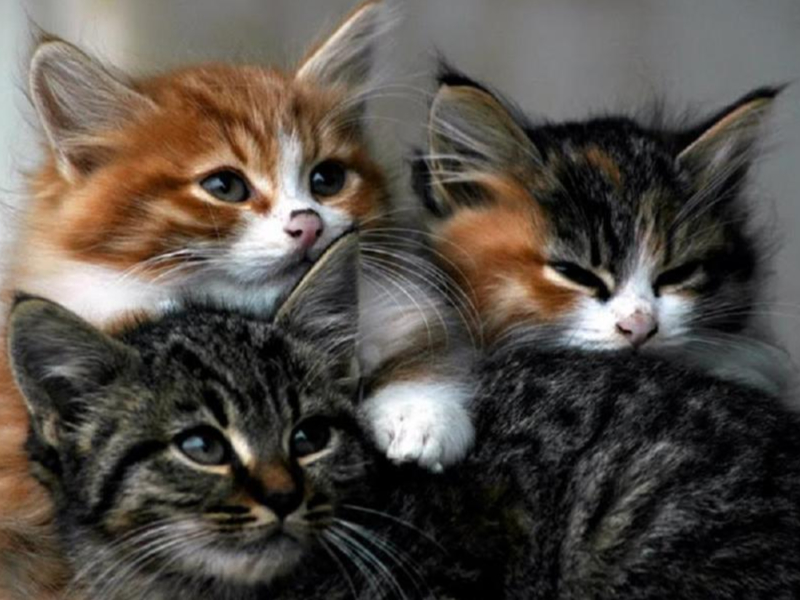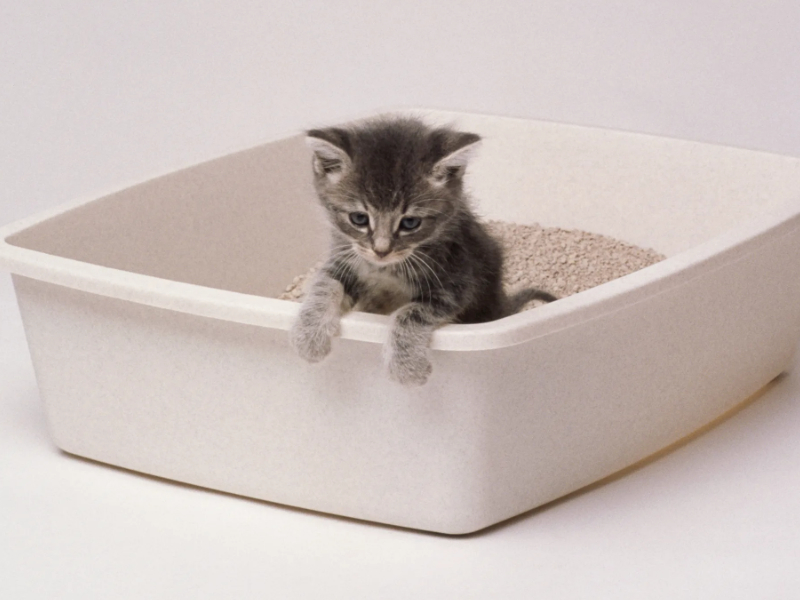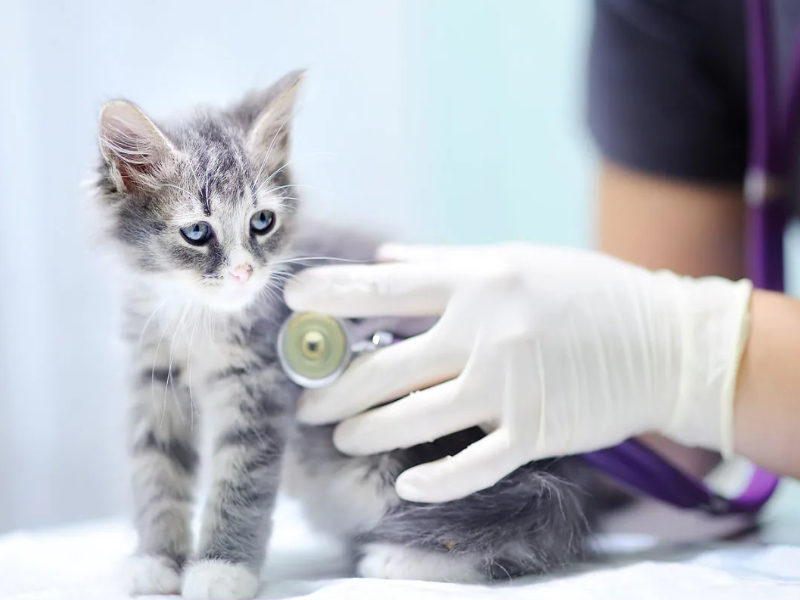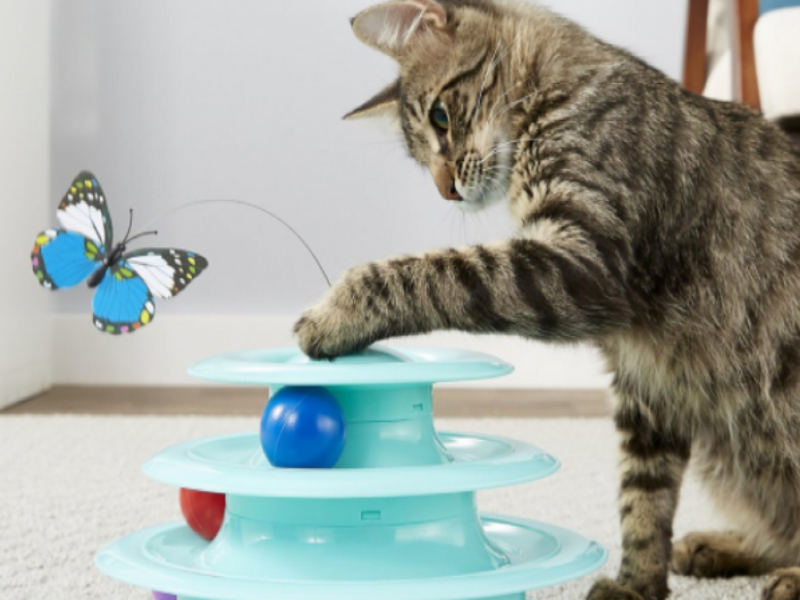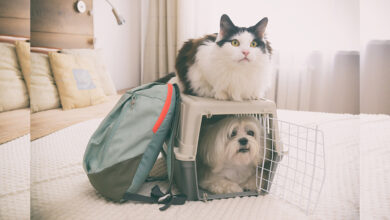Critters & Creatures
Welcoming a New Cat into Your Home
 They’re agile and curious and they may not exactly be high maintenance, but an ounce of perfection does go a long way when caring for a cat. There’s no need to be a scaredy-cat though if you’re thinking about adopting a new feline into your home. Founder of the Cat Rescue Network, Louise Hindle, breaks down the does and don’ts of how to welcome a new cat into the household.
They’re agile and curious and they may not exactly be high maintenance, but an ounce of perfection does go a long way when caring for a cat. There’s no need to be a scaredy-cat though if you’re thinking about adopting a new feline into your home. Founder of the Cat Rescue Network, Louise Hindle, breaks down the does and don’ts of how to welcome a new cat into the household.
Find a Safe Place
Patience is key when bringing a cat into the household for the first time. Start slow and steady by giving a room to your new pet they can consider a safe zone. Whether adult cats or kittens, felines naturally are curious animals and scoping out a room is much easier than an entire house. Keep the litter box and food in the room and visit them in this safe place until they are ready to take on the rest of the house. This safe room will play a crucial role in their development and lifetime.
“It’s funny because even years later when they get startled by a car backfire, or anything, you find them running to their safe room. We advocate putting them in that room and socializing with them in that room,” said Hindle.
Give Them Space
Giving your new pet some space is also an essential first step. “If you remember when you were a kid if you had an aunty or uncle who always wanted to hold you and you would struggle to get away, and they held you tighter. That’s how a cat feels. We tell people if they want to get away let them get away,” said Hindle.
Entice your cat to come to you and reward him or her with a treat or playing. Also, make sure not to scare them with loud noises and communicate with them while sitting, if you’re standing it might intimidate them. Hindle also suggests leaving behind a treat, so they associate your visit with pleasant things.
Two is Company
According to Hindle, kittens have an easier time adjusting to a new household if an older cat is already a family member. In fact, the Cat Rescue Network gives away kittens only to homes that either already have a cat or requires them to take two kittens.
“Domestic cats are the best to train kittens. A cat is the best trainer of another cat. They watch and learn from each other,” noted Hindle. .
Is Three a Crowd?
If you already have another animal at home, especially another cat, adjusting the new pet to the home will be a process. However, like anything else patience is key for a successful introduction.
Smell plays an important role for cats; it’s their most developed sense. So, the first step is to give something of your older pet to the new member and vice versa, so they get used to each other’s smells.
“When smells intermingle in a cat’s brain that means this is family this is part of the normal smell of the family, it’s not a strange smell anymore,” said Hindle.
Overtime, you can let the animals interact through closed doors by playing with a toy under the door. Eventually, both pets will be ready for a face-to-face introduction. Though the older cat might hiss initially, if they’ve been given time to adjust, the transition should be smooth.
Litter Box
Location and size are of utmost importance when it comes to the litter box. The general rule of thumb, Hindle says, is to have one litter box per cat plus one. For a kitten, Hindle recommends keeping the litter box close and easily accessible and using non-clumping litter.
Though, closed litter boxes are preferred by many pet owners, Hindle says cats usually like open litter boxes.
“When using the litter box, they’re most venerable. If you have one cat that scares or bothers the other cat, you shouldn’t have the litter box in the same spot, and you should have the litter box so they can escape, so when they’re using the litter box they don’t feel trapped,” explained Hindle.
Food
For feeding your new furry friend, Hindle says wet food three times a day is the way to go. Wet food provides cats with hydration, prevents crystals from forming and is also a safer option if your cat has potential for obesity.
Regardless of what kind of food you end up buying, make sure to read the label.
“If you only gave one type of food it should be wet. Cats are notorious for not drinking even cats who are dehydrated,” said Hindle.
Health
Make sure to take your kitties to the vet once a year and that they are up-to-date with their basic vaccinations. If you don’t want to over vaccinate your pet, titer testing can help determine which vaccinations your cat really needs.
Toys and accessories
When it comes to toys Hindle says “cats like what they like,” and many times felines opt for the simpler things, like cardboard boxes. Cardboard boxes can often be the cats preferred bed. But if you opt for a fancier option, just remember to buy a bed that’s easily washable and toys that they can’t choke on.


